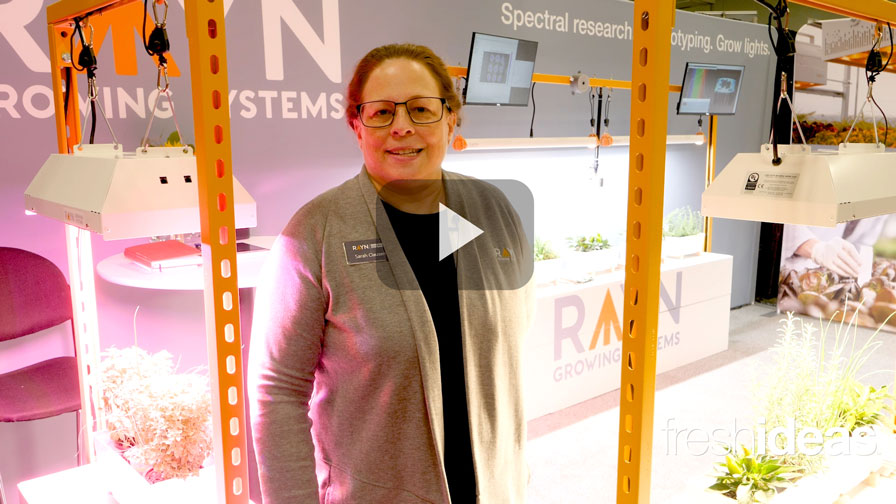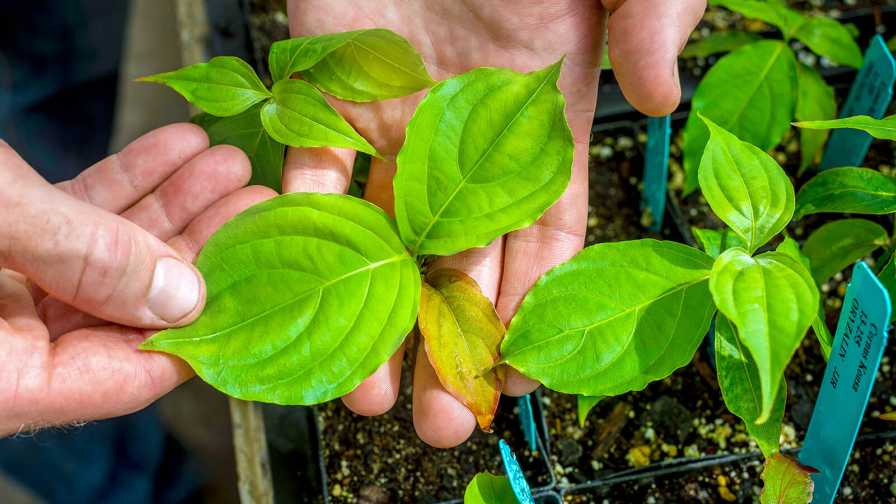Bonnie GM Goes On The Record
Late Blight has taken the blogosphere by storm the last few weeks with rumors like the one alleging big box stores will be moving away from Bonnie Plants and to another vegetable supplier in 2010. Dennis Thomas, general manager at Bonnie Plants, says that’s not the case, and he clarified other reports after speaking Tuesday with Greenhouse Grower.
Q: Are there any new developments on the Late Blight front this week?
A: “I think we covered it in that press release [last week]. From the very beginning, we had erroneous information put in print about us. It sort of snowballed to where it is now. Late Blight has been around forever, and we’ve been around 91 years ourselves.
“The thing is our greenhouses are all over the country. Cornell [University] traced us to one source in the South. We’re not one source anywhere. We have 63 or 64 greenhouse operations everywhere, and five or six in the Northeast.”
Q: Like you said, original news reports stated Bonnie tomato plants were shipped from a Georgia facility to the Northeast and that Late Blight originated in Georgia. Can you clarify the report?
A: “It was assumed we shipped everything from Georgia. We ship nothing from Georgia to the Northeast. Our Georgia facility ships to Atlanta, Nashville and Charlotte.
“We ship a lot of plants from West Virginia to the Northeast. We’re right near Pittsburgh, and as soon as this news broke, we had West Virginia inspectors in our greenhouse. They found nothing. I have clean written reports from Pittsburgh and West Virginia, and New Jersey even wrote us a phyto[sanitary certificate] that allows you to ship plants from that facility for 14 days without any more inspections.
“We’ve had our inspectors walking all over the stores. One guy from a New York newspaper even called me and said, ‘You guys have a problem and I’m writing a story about it. I was in a Walmart with a Cornell plant pathologist.’ I said, ‘Are you sure it’s ours?’
“He went and looked, and it wasn’t a Bonnie Plant. There was no name on it.”
Q: When did you first hear about Late Blight at the box stores?
A: “It was June 27 before I got any word of it and it was July before I got any confirmation. The New York inspector called us and said, ‘I found some plants with symptoms.’ We cleaned up every plant in New York, even though it was July 3 before we got a positive report.
Q: Two University of Maine extension officials say 20 percent or more of Bonnie Plants tomatoes at box stores were infected with Late Blight and the symptoms indicate the disease was present for one or two weeks. Have you heard or read their report?
A: “To this day, we have not gotten a report that said we had [Late] Blight in Maine. I never heard a word from Connecticut, Rhode Island, Massachusetts or New Jersey either. We asked inspectors to come down to New Jersey, and they inspected twice in five days – at our request both times. Everything was totally clean. The same thing happened in West Virginia and Pennsylvania.
“Our business is tomato plants, and they just happen to be a host for Late Blight. When the weather is wet and cloudy, it increases the chance of Late Blight. This was probably the worst weather [the Northeast] had in 20 years.”
Q: What measures does Bonnie Plants take to combat disease like Late Blight?
A: “We spray copper and everything we can. We assume disease. Hundreds of millions of tomato plants are grown by Bonnie every year, and we have to assume disease. We spend a lot of money every year on that.”
Q: How does this particular Late Blight outbreak compare to other disease outbreaks you’ve seen in your 15 years with Bonnie Plants?
“This one stands out of course because it happened in the Northeast and lots of people live there.”
Q: What impact will the Late Blight outbreak have on Bonnie’s presence at the box stores in 2010?
A: “I hear rumors that big boxes are going to move to another supplier. No one has told us that. In fact, I’ve had only two complaints this year from gardeners through Walmart. I probably had 16 or 17 complaints from Lowe’s and 12 or 14 from Home Depot. I’m talking about the whole country. Overall, the complaints have been no more than any other year. When you plant $400 million worth of vegetables, you’re going to have some complaints.
“We’re going to continue to grow. Bonnie is going to continue to grow, expand, build greenhouses, add partners and add trucks. We’ve had 15 consecutive years worth of increases at the box stores. (Disease) is just something we all have to deal with as it comes along.”
Q: Is there anything else you’d like to add?
A: “Bonnie Plants is still in business. We’re open for business, and we’re looking for growers to join our ranks and shore up some weak spots we might have. They can contact Tim Trussell at 800-345-3384.”










